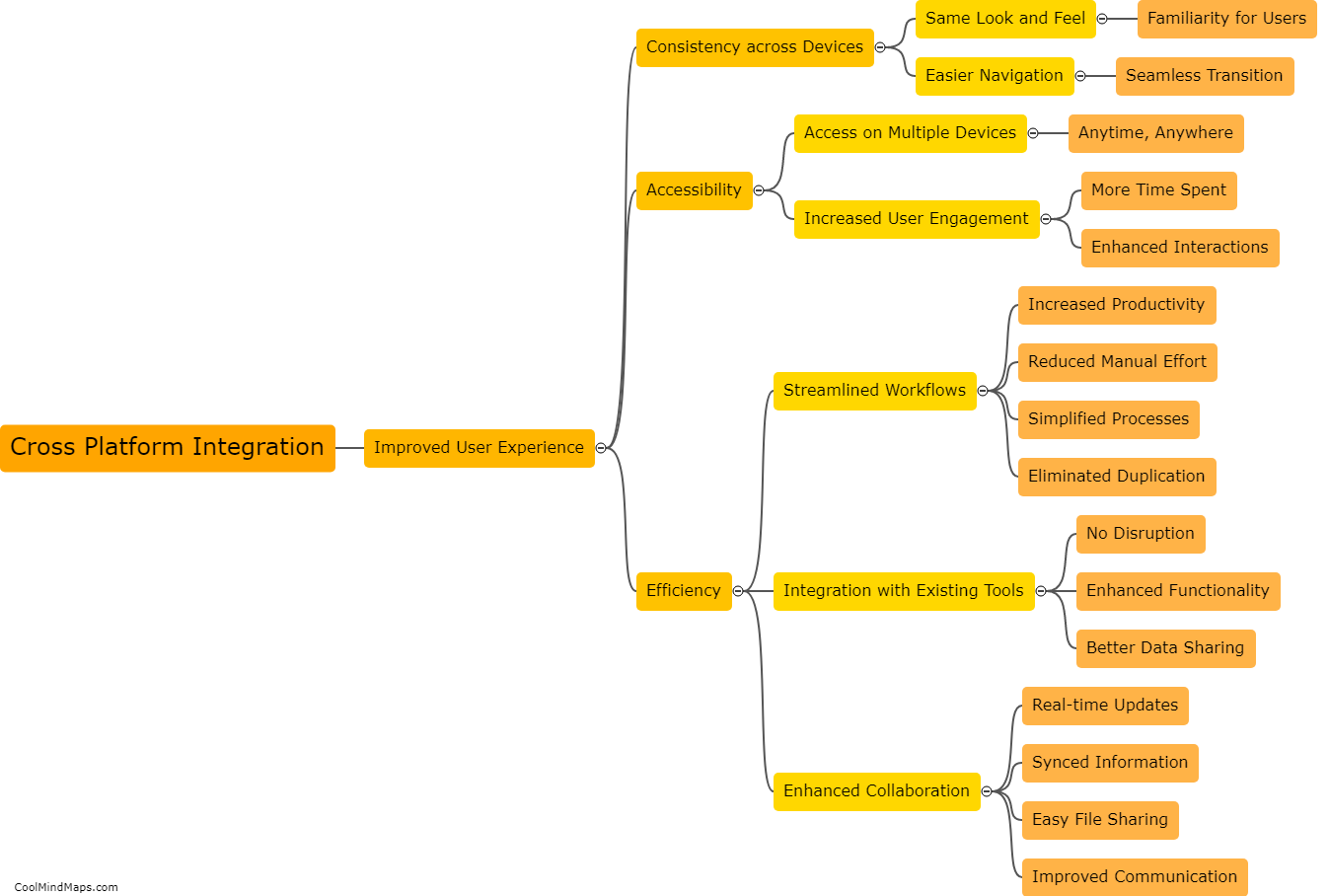What are the main components of a hydrological system?
The main components of a hydrological system include precipitation, evaporation, surface runoff, groundwater, and rivers or streams. Precipitation refers to any form of moisture that falls from the atmosphere, such as rain, snow, or hail. Evaporation is the process by which water changes from a liquid to a gas and returns to the atmosphere. Surface runoff occurs when precipitation exceeds the soil's ability to absorb it, resulting in water flowing over the land surface and into rivers or other water bodies. Groundwater refers to water that is stored underground in rock crevices or soil pores. Lastly, rivers or streams are the channels through which water flows, often resulting from the convergence of smaller streams and contributing to larger bodies of water like lakes or oceans. These components interact and depend on each other to form a complex hydrological system that plays a crucial role in the Earth's water cycle.

This mind map was published on 27 November 2023 and has been viewed 106 times.











